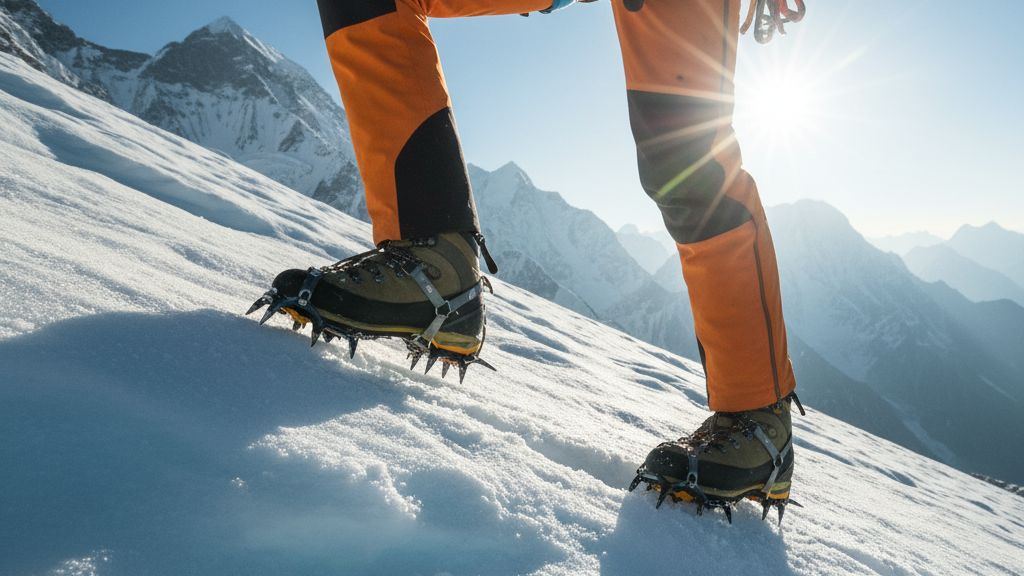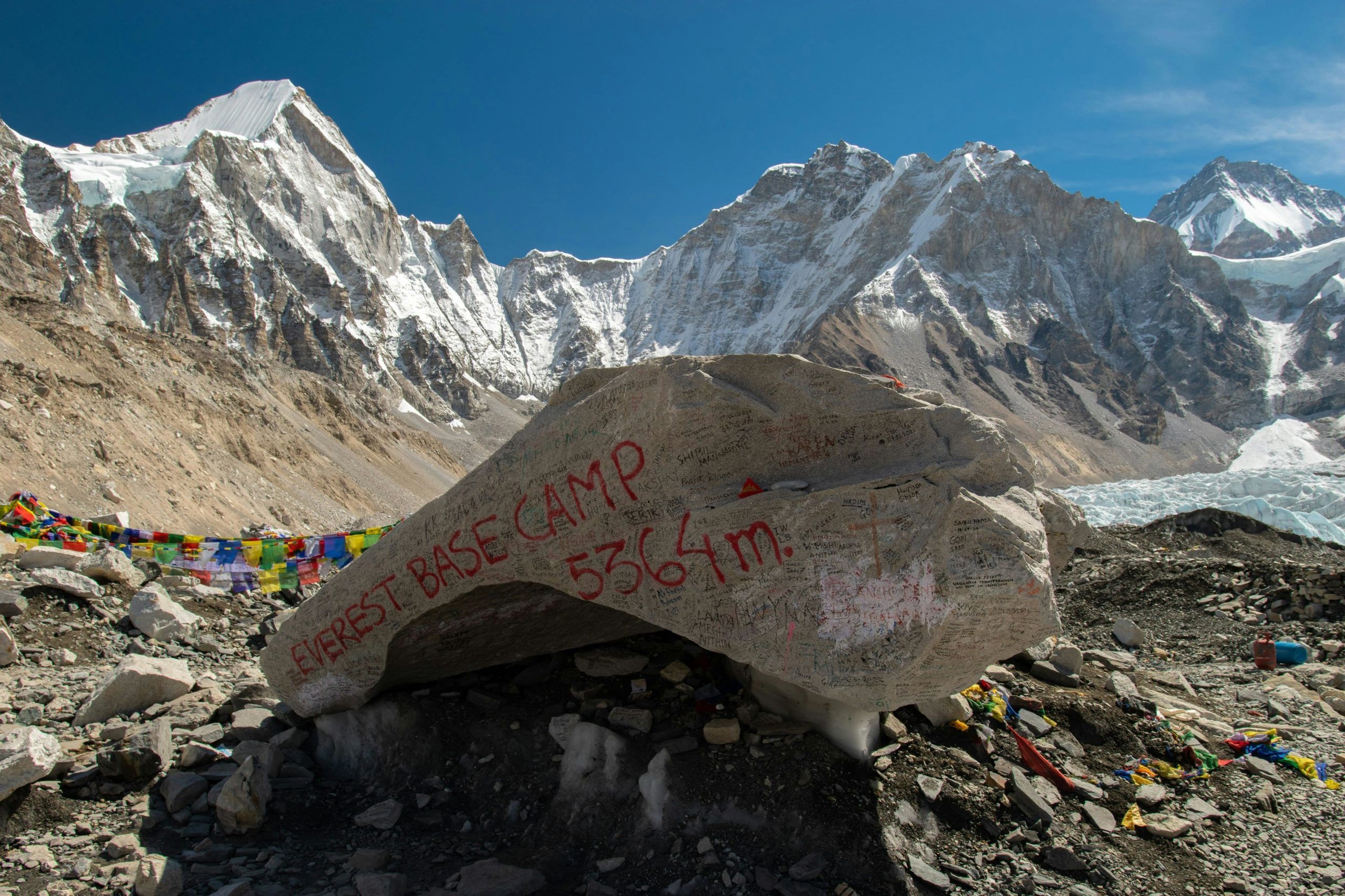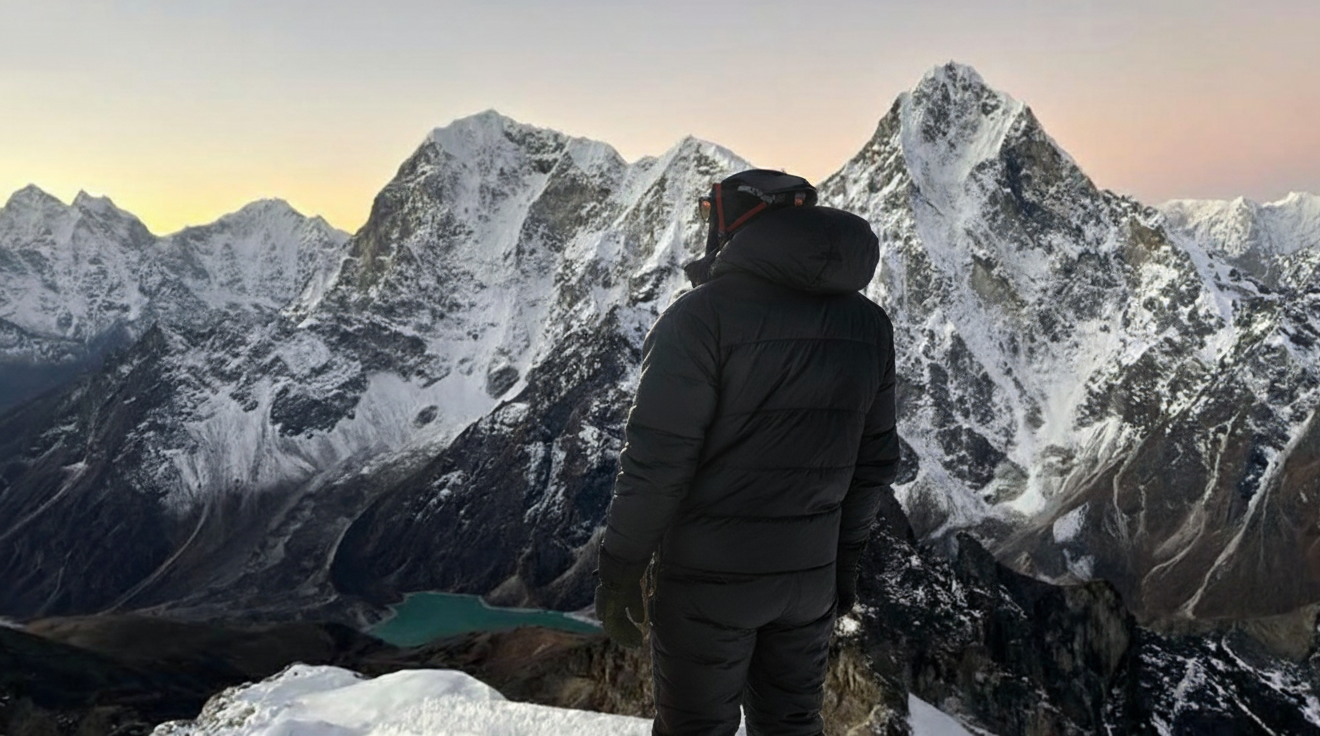Essential Equipment for Technical Climbing

When ropes, harnesses, and specialized tools become essential, you’re stepping into the world of technical climbing – this is where gear takes on an entirely new level of importance. Here the most important elements are safety, efficiency, and ultimately, success and comfort on the most challenging terrain.
Specific gear lists vary depending on the objective (rock, ice, mixed, high-altitude), but here’s a breakdown of the core equipment categories for technical climbing.
Beyond Gear
Remember, your climbing gear is only as good as the knowledge of the person using it. Before any technical climb, ensure you have:
- Formal Training: Take accredited courses in rock climbing, ice climbing, crevasse rescue, and self-arrest.
- Experienced Partners: Climb with individuals who are more experienced than you, who can teach and mentor.
- Gradual Progression: Start with easier routes and gradually increase the difficulty as your skills and confidence grow.
1. Personal Protective Equipment (PPE)
These are the items that directly keep you safe when you’re off the ground.
- Climbing Harness: Your crucial link to the rope. Look for comfort, adjustable leg loops, and adequate gear loops for racking equipment.
- Helmet: Non-negotiable! Protects against rockfall, icefall, and impacts from falls. Always wear one.
- Belay Device & Locking Carabiners: Essential for belaying your climbing partner and rappelling. Ensure you have at least two locking carabiners for redundancy.
- Slings & Cordelette: Versatile pieces of webbing or cord used for anchors, extending protection, and creating personal anchor systems.
- Prusiks/Autoblock: Friction hitches used for ascending ropes or as backup on rappels.
2. Rope & Rope Management
The lifeline of climbing.
- Climbing Ropes:
- Dynamic Ropes: Designed to stretch and absorb the impact of a fall. Essential for lead climbing.
- Static Ropes: Minimal stretch, ideal for rappelling, hauling loads, or fixing lines.
- Rope Bag/Tarp: Keeps your rope organized, clean, and prevents tangles.
3. Footwear

Specialized shoes for specialized terrain.
- Technical Mountaineering Boots: For high-altitude, ice, and mixed climbing. These are stiff, insulated, and compatible with crampons.
- Climbing Shoes (for Rock): Tight-fitting, sticky-rubber shoes for maximum friction and precision on rock faces.
- Crampons: Metal spikes that attach to your boots for traction on ice and hard snow. Choose models compatible with your boots (strap-on, semi-automatic, or automatic).
4. Ice Axes & Tools
Your extensions for biting into snow and ice.
- Mountaineering Ice Axe: A single, straight-shafted axe for general mountaineering, self-arrest, and balance on snow slopes.
- Technical Ice Tools (Pair): Shorter, more aggressively curved axes designed for vertical ice climbing and steep mixed terrain.
5. Protection & Anchoring
These are the tools used to secure the rope to the rock or ice.
- Quickdraws: Two carabiners connected by a short sling, used to attach the rope to protection points on the rock.
- Cams (Friends): Spring-loaded camming devices (SLCDs) that fit into cracks in the rock and expand to provide a secure anchor point.
- Nuts (Chocks): Metal wedges of various sizes that are placed into constrictions in rock cracks.
- Ice Screws: Hollow tubes with threads that are screwed into solid ice to create anchor points.
- Pitons: Metal blades hammered into cracks in the rock (less common now but still used in certain situations).
- Anchor Material: Longer slings, cordelette, and large locking carabiners for building secure anchor systems.
6. Navigation & Emergency
Never leave home without these.
- Map, Compass, & GPS Device/App: Redundant navigation is crucial, especially in complex terrain.
- Headlamp: With spare batteries! Essential for early starts or unexpected delays.
- First Aid Kit: Comprehensive, customized for potential climbing injuries.
- Knife/Multi-tool: For cutting cord, minor repairs, and emergencies.
- Repair Kit: Duct tape, cordage, spare parts for critical gear.
- Satellite Messenger/PLB (Personal Locator Beacon): For emergency communication in areas without cell service.
Technical climbing opens up a whole new world of mountain adventures, particularly peak climbing. As technology evolves the resources we use will open to more and more digital equipment. We’re seeing increasingly lighter, stronger, and more intuitive digital equipment emerging, including advanced satellite communication devices with weather forecasting capabilities to smart wearables that monitor health levels and vital signs at altitude. The future of climbing gear promises even greater precision and safety, potentially making once-impossible feats more attainable for future generations. With the right gear and, more importantly, the right training, you can safely explore the breathtaking vertical landscapes the Himalayas and other great ranges have to offer.
For those truly seeking to push their limits, you might also want to research Alpine Style climbing. This highly demanding technique involves carrying all your gear with you, moving quickly and efficiently up a mountain face without the use of fixed ropes, established camps, or external support (like high-altitude porters). It’s a minimalist, self-sufficient, and incredibly challenging approach that emphasizes speed and self-reliance, representing the pinnacle of high-altitude mountaineering for many.


